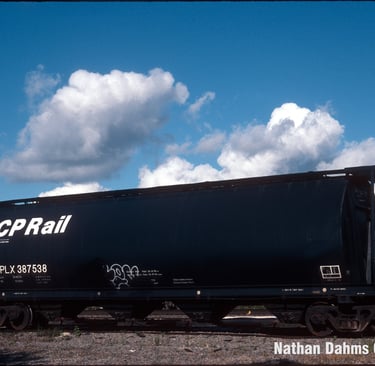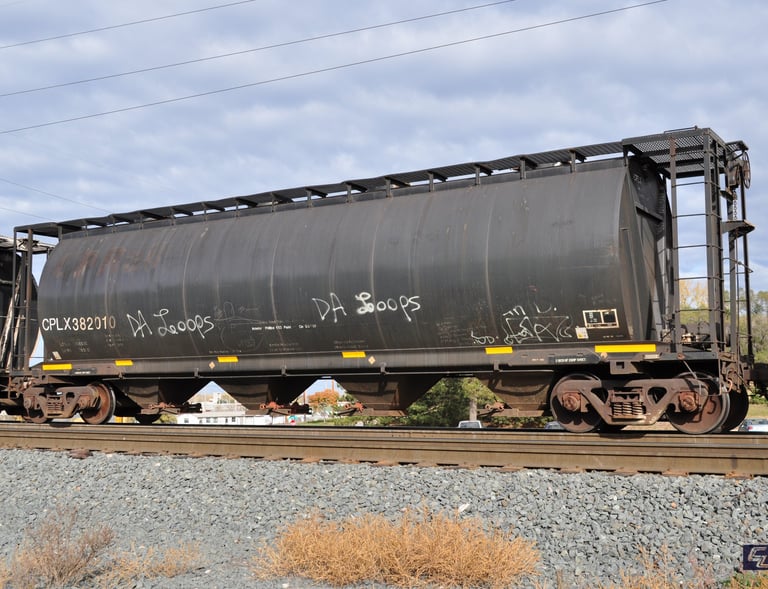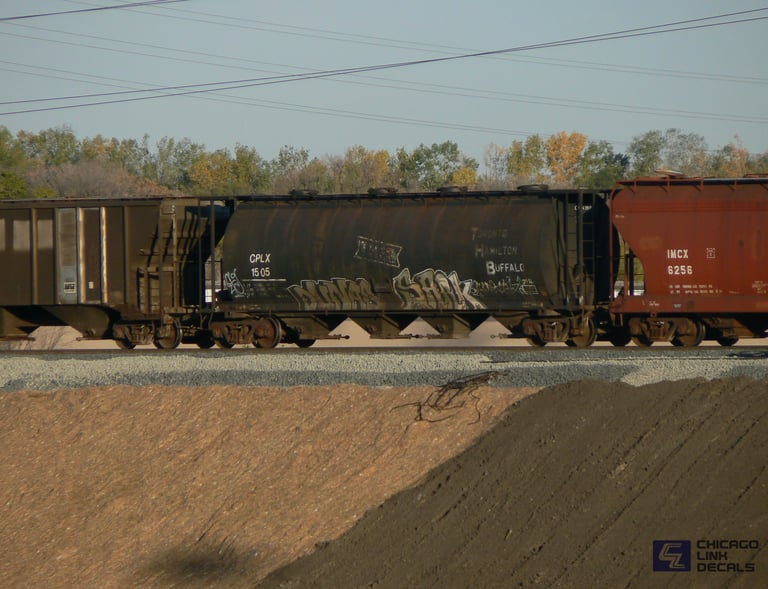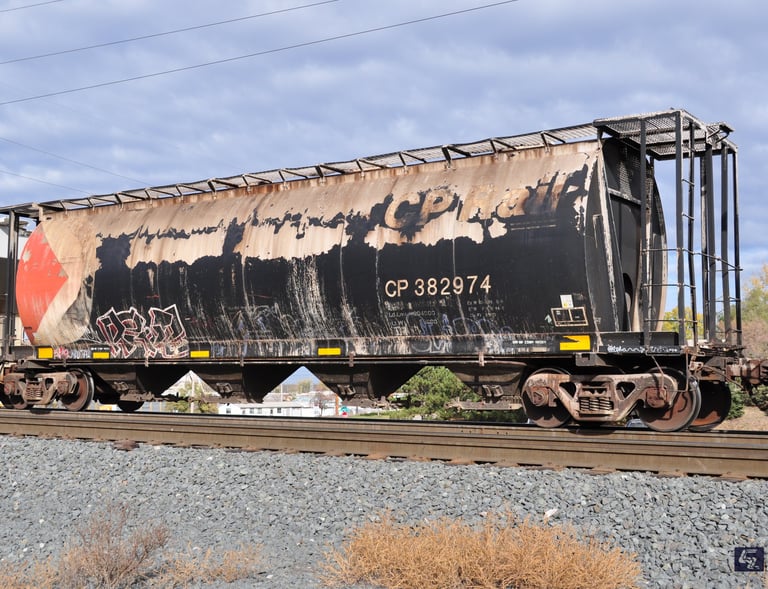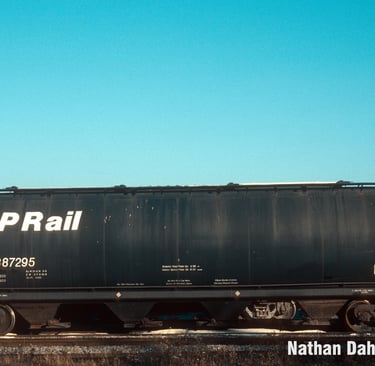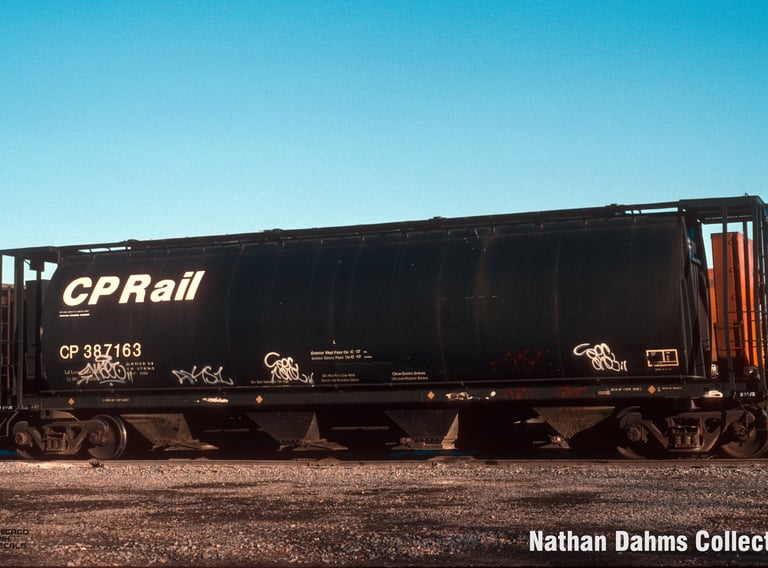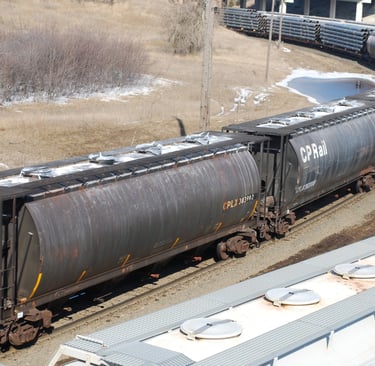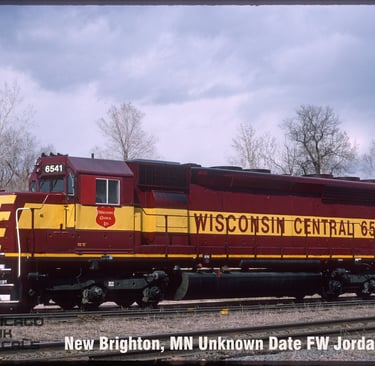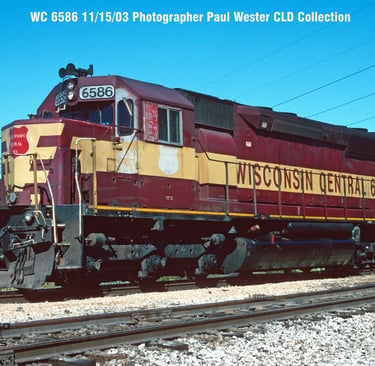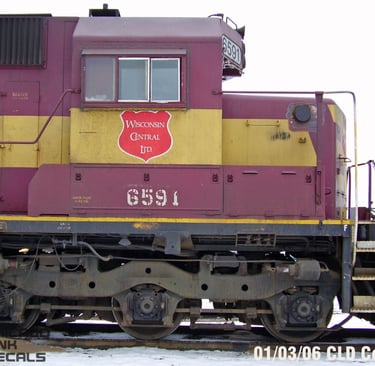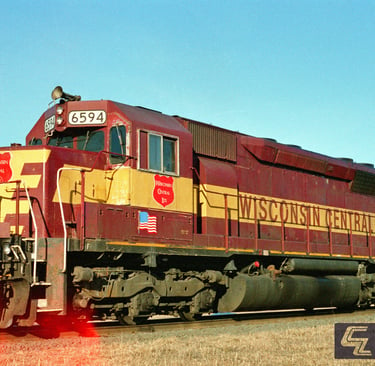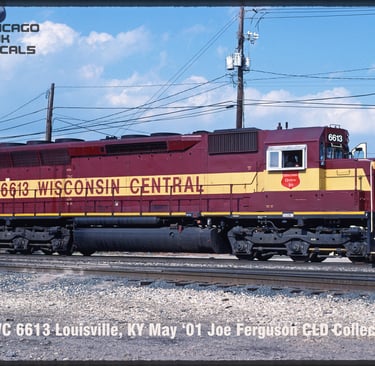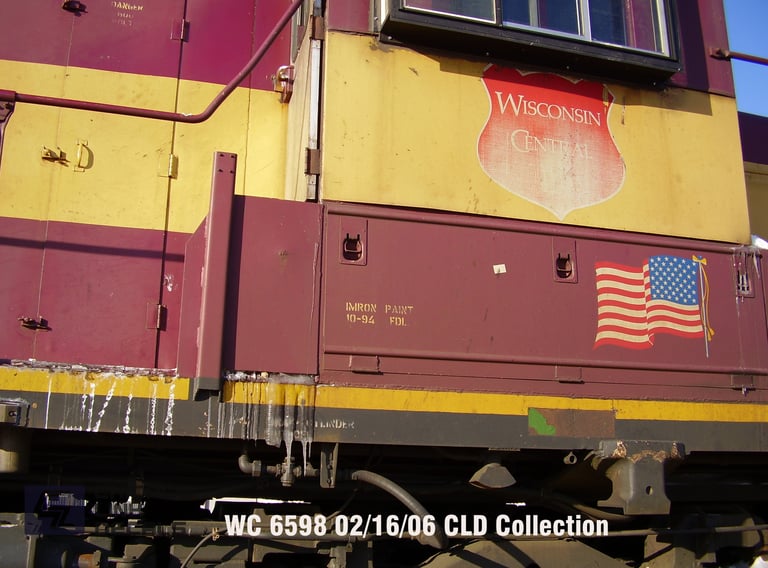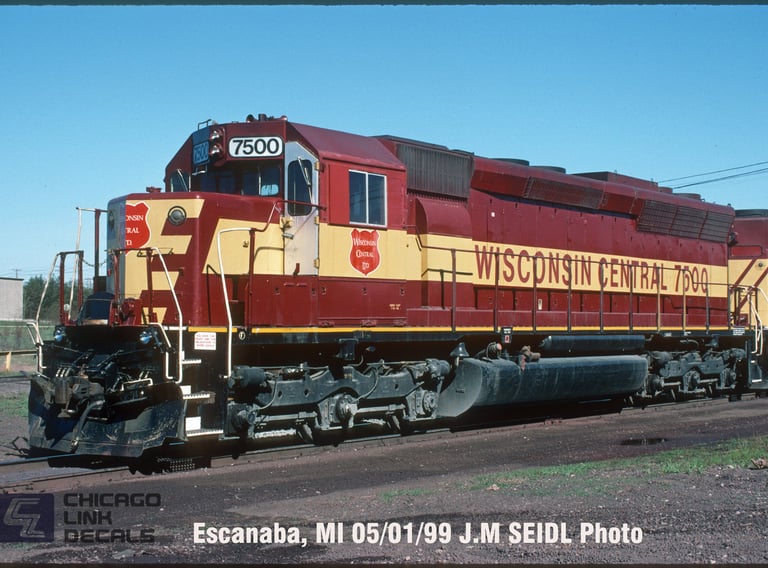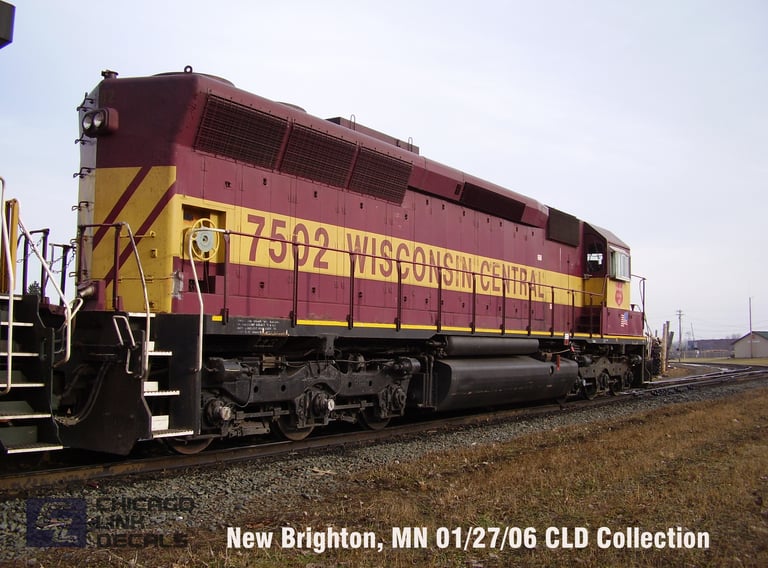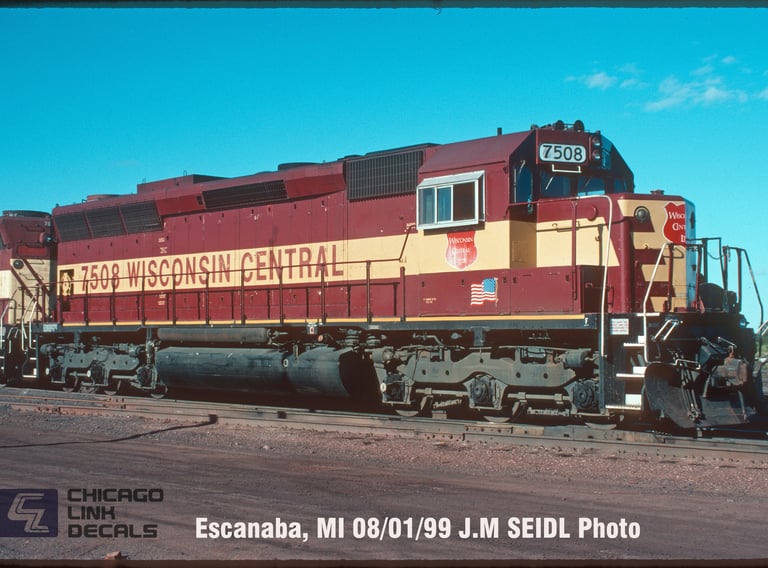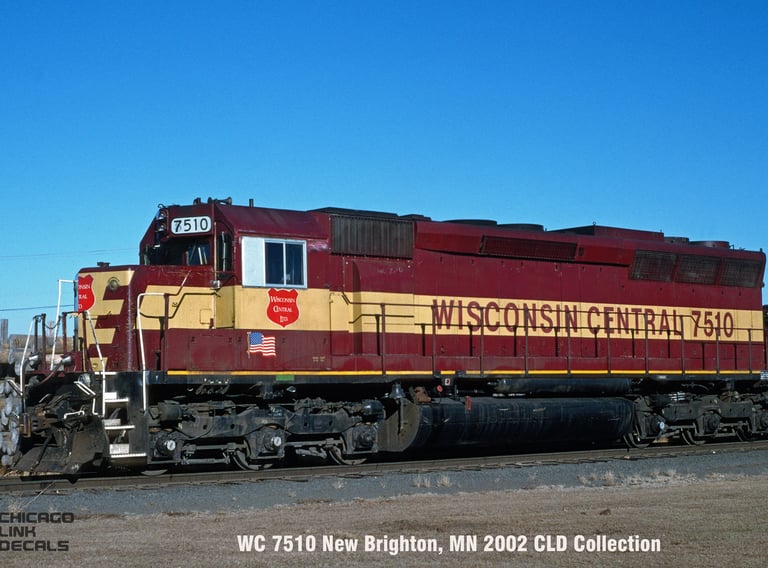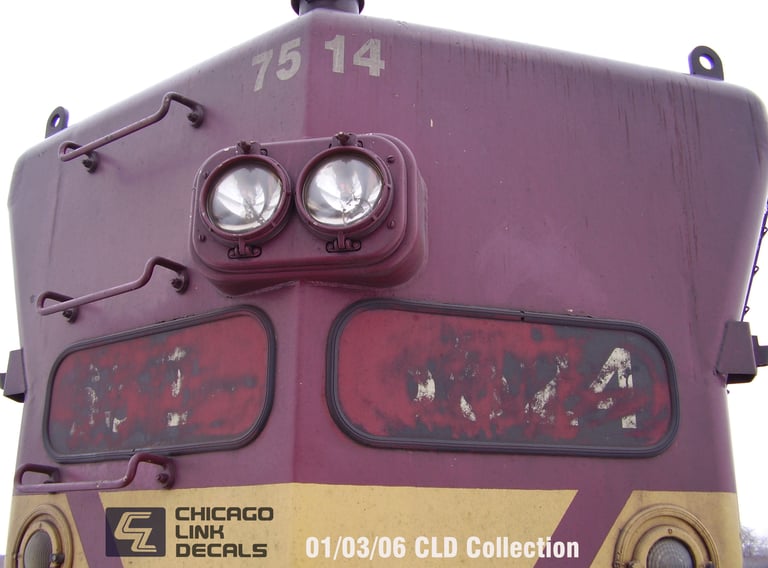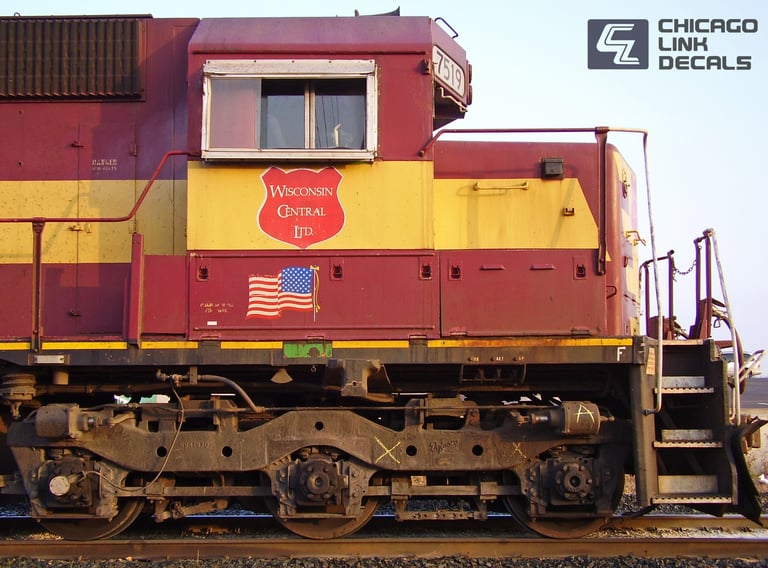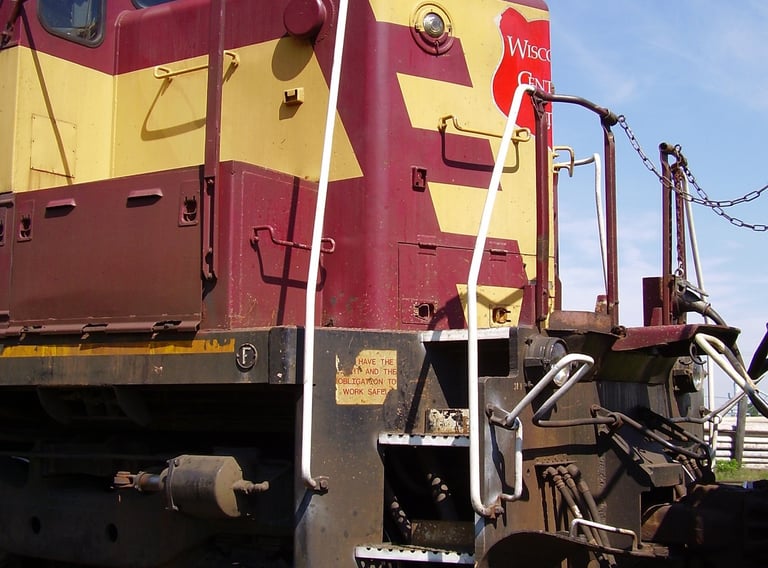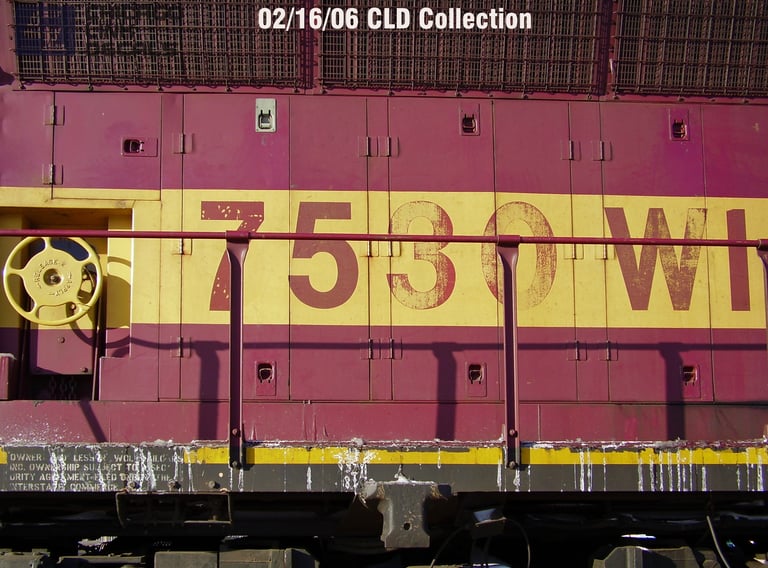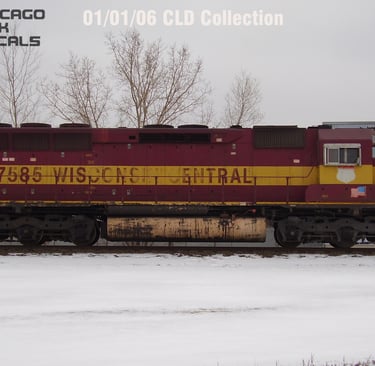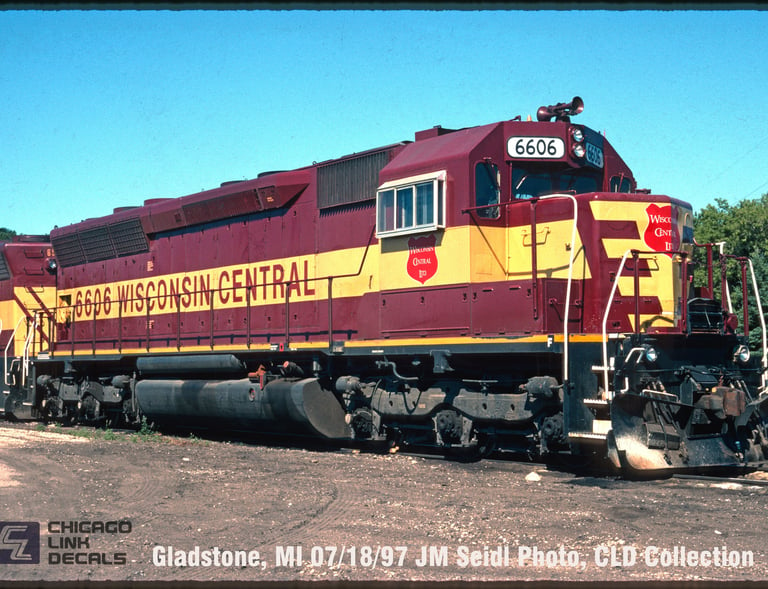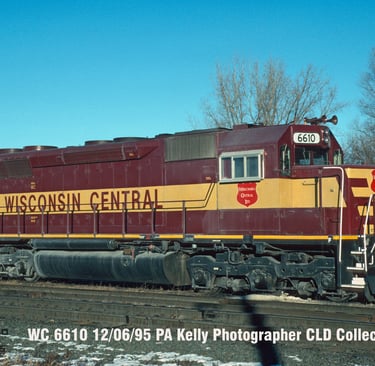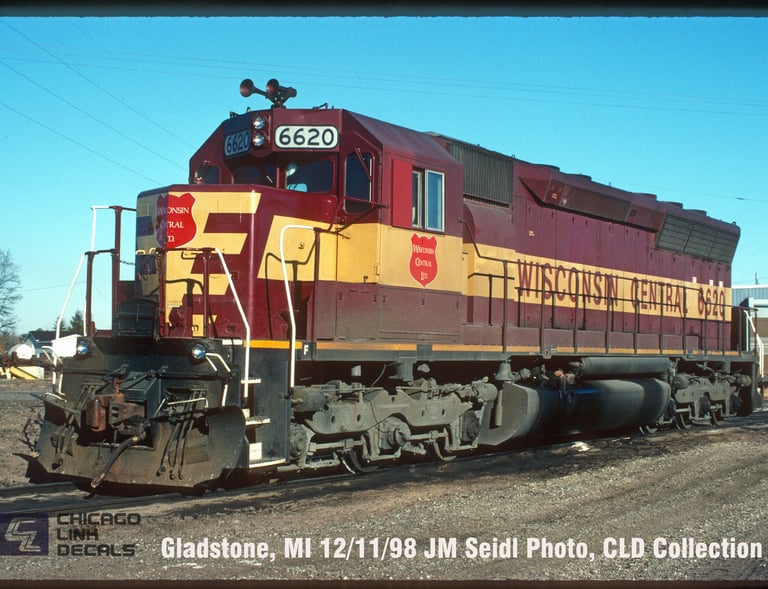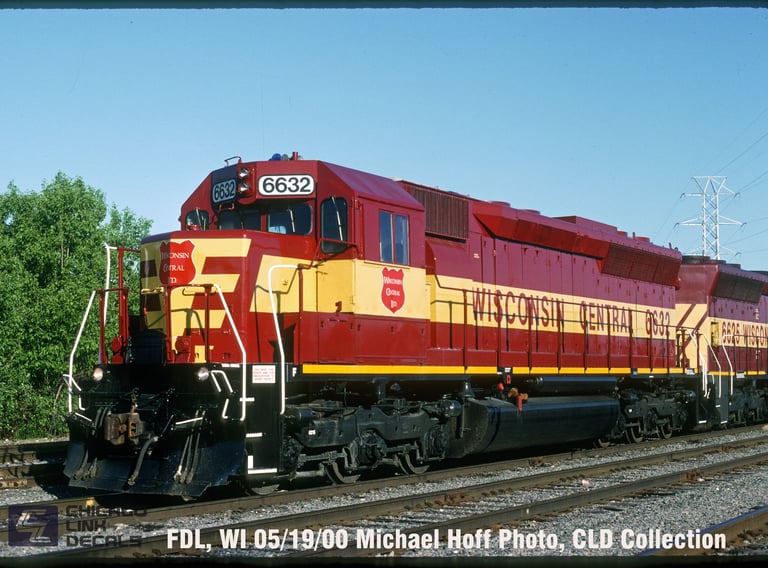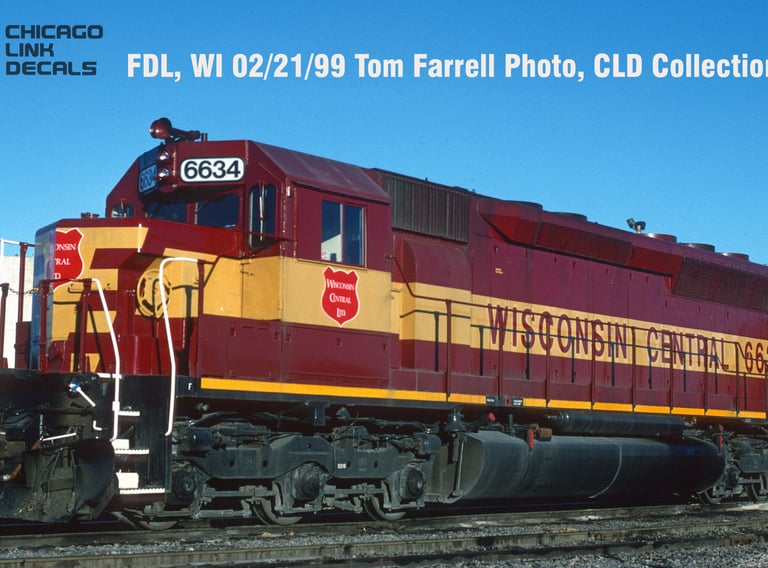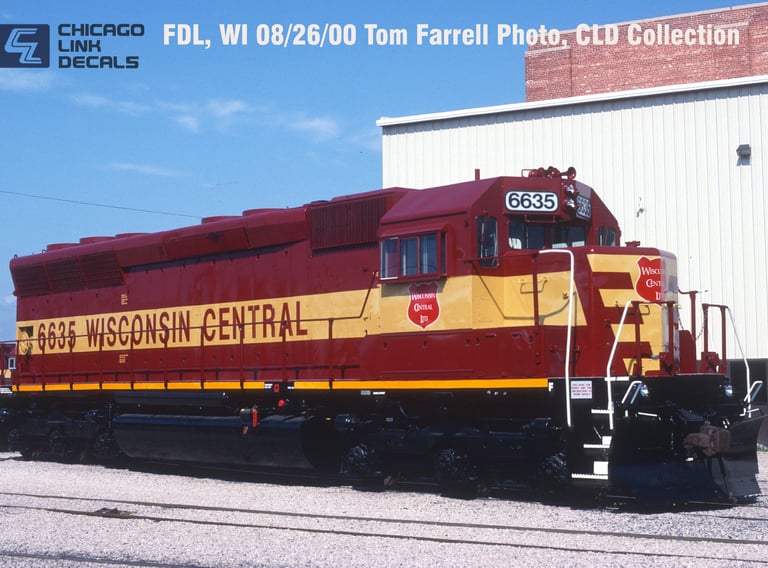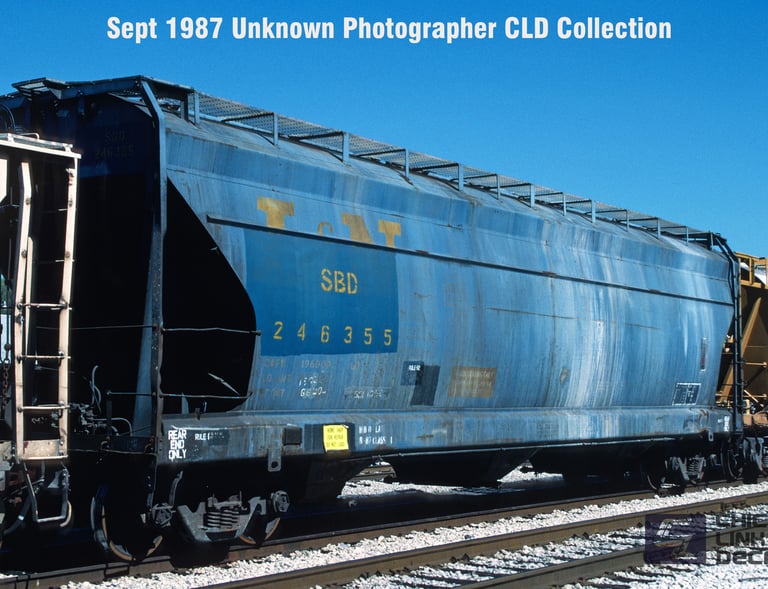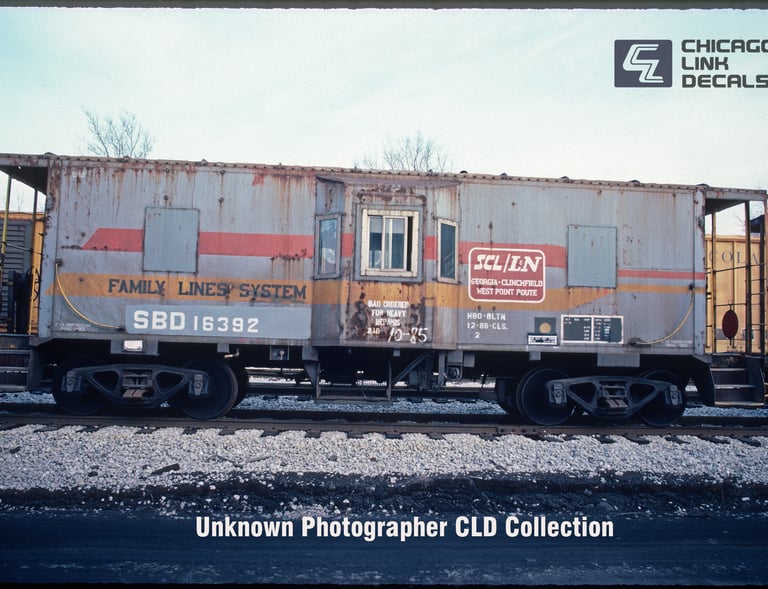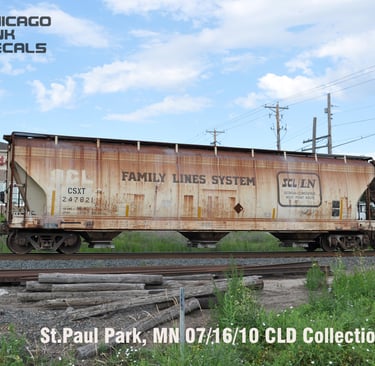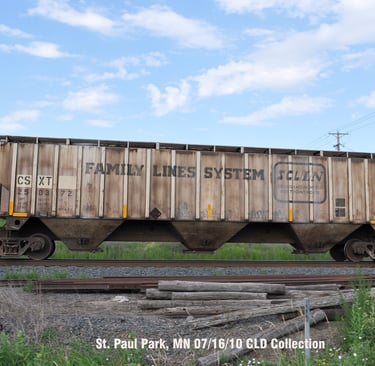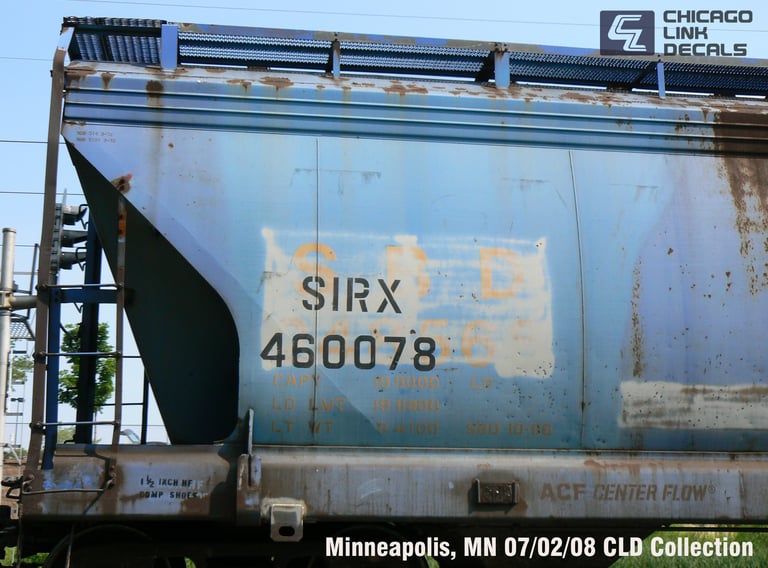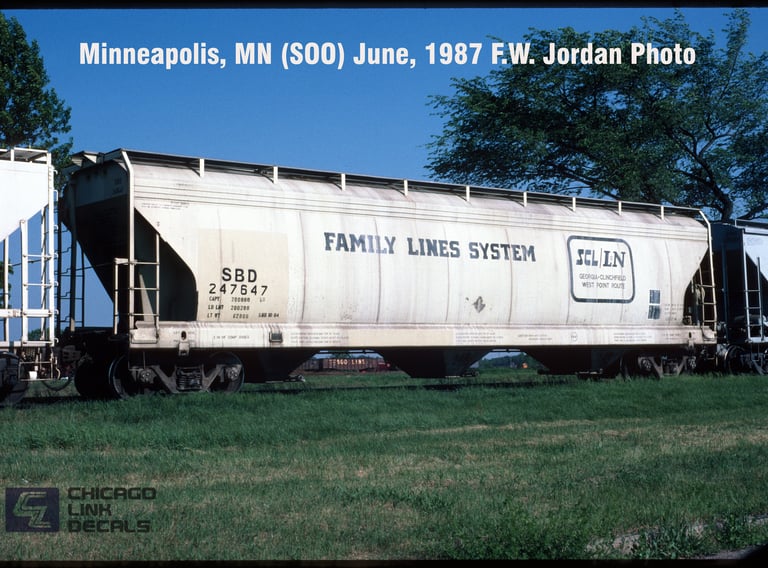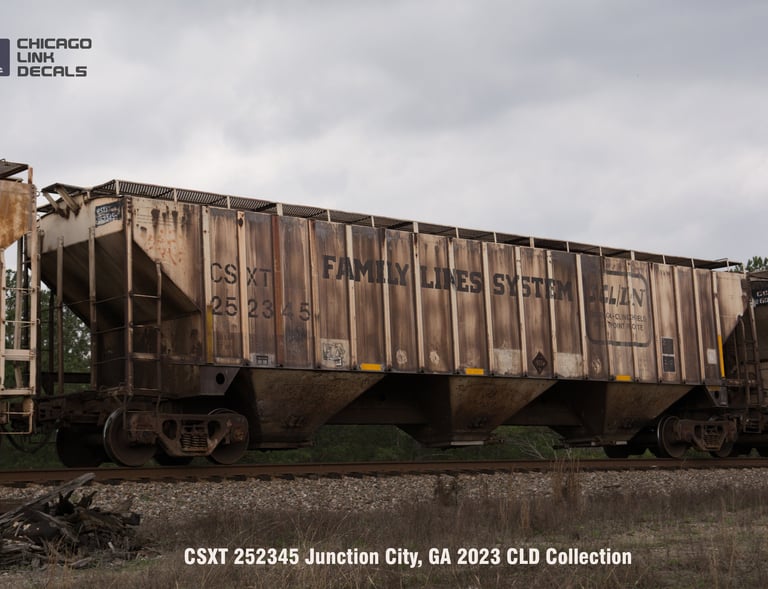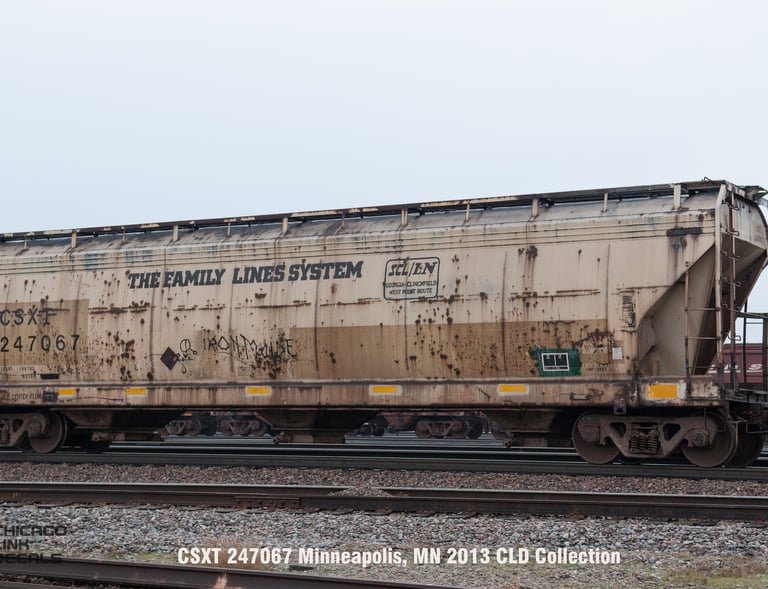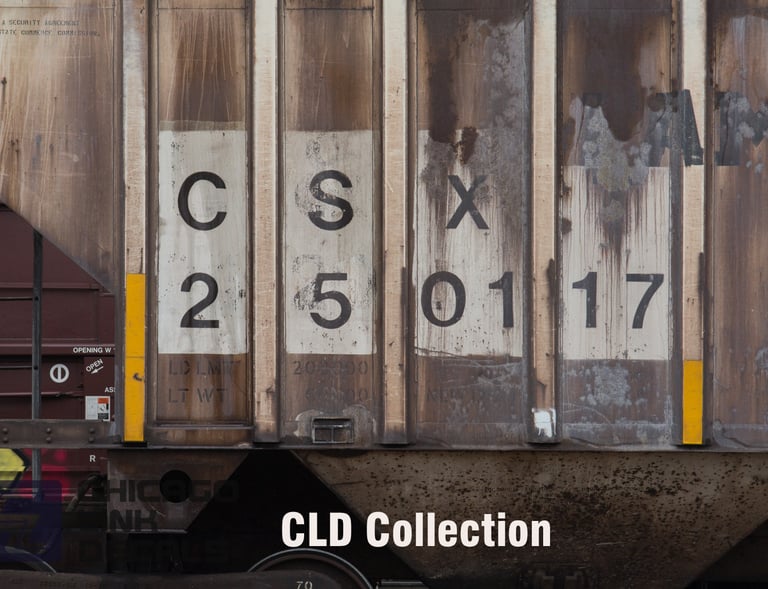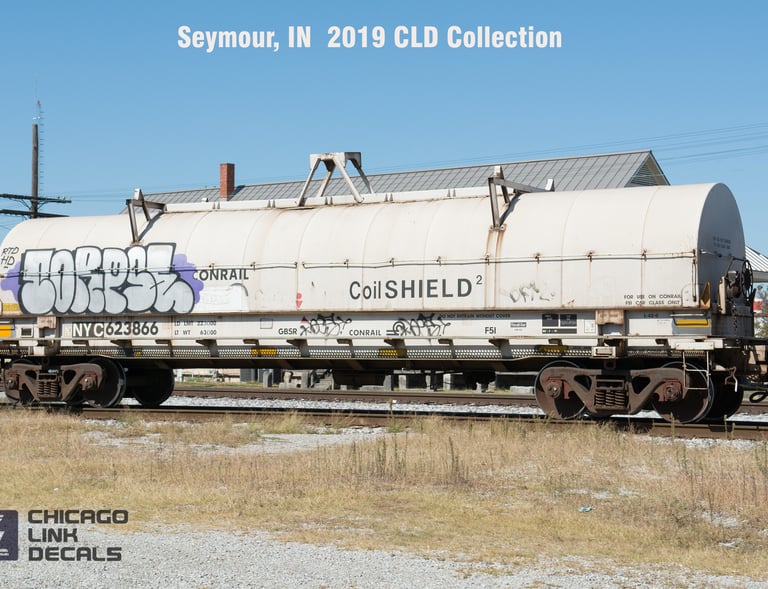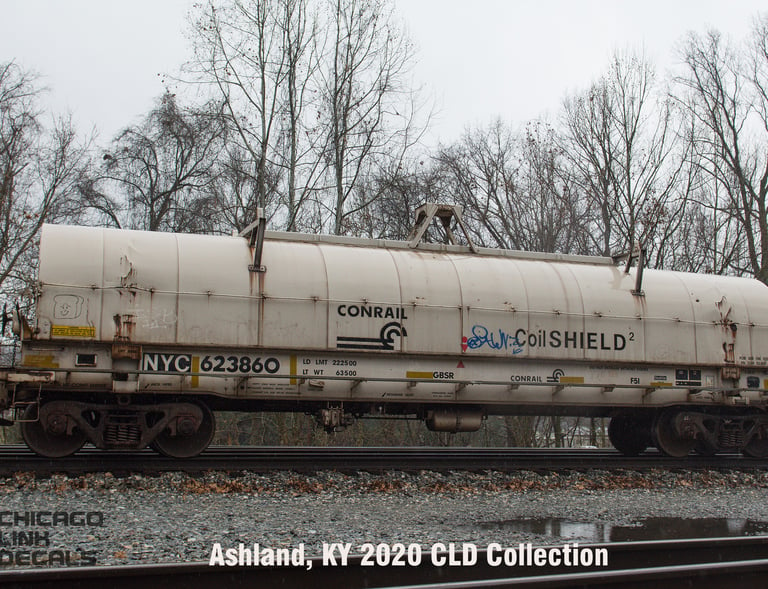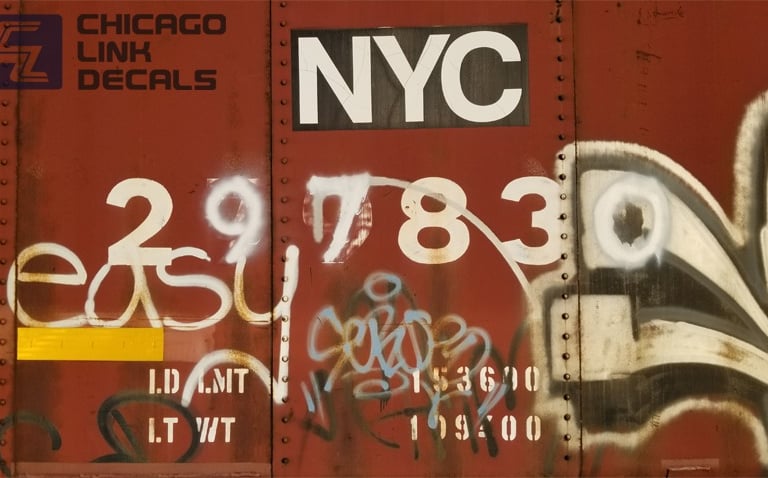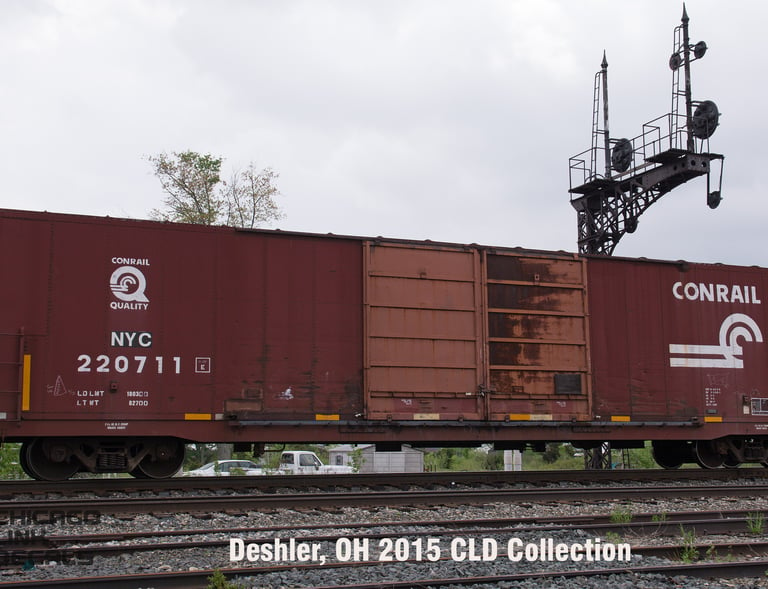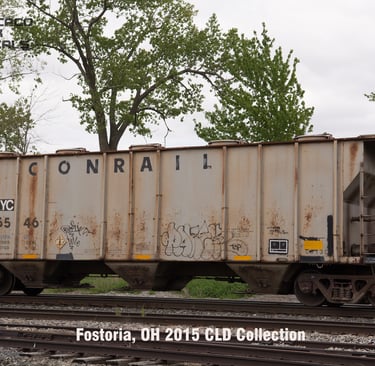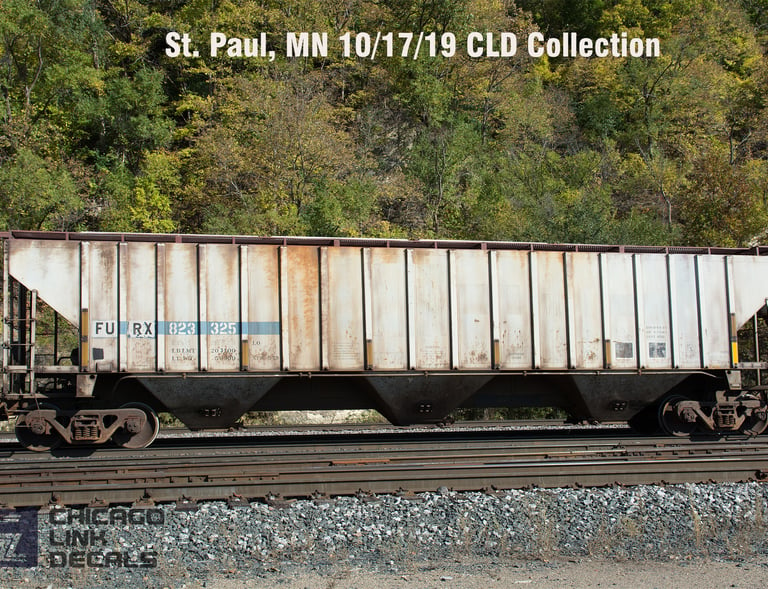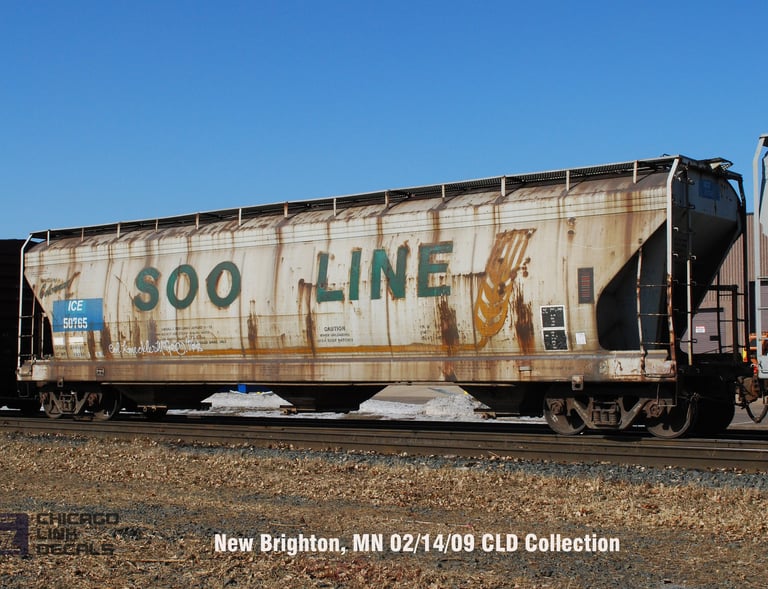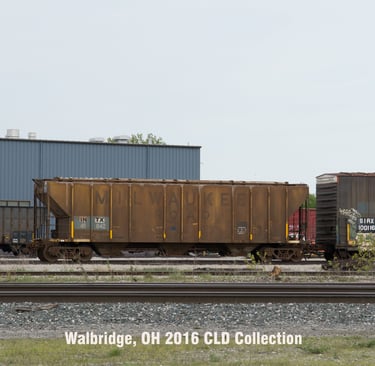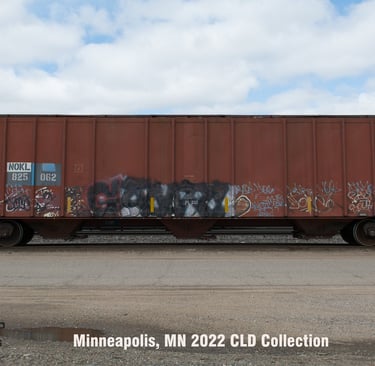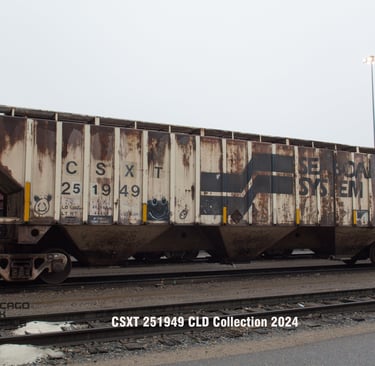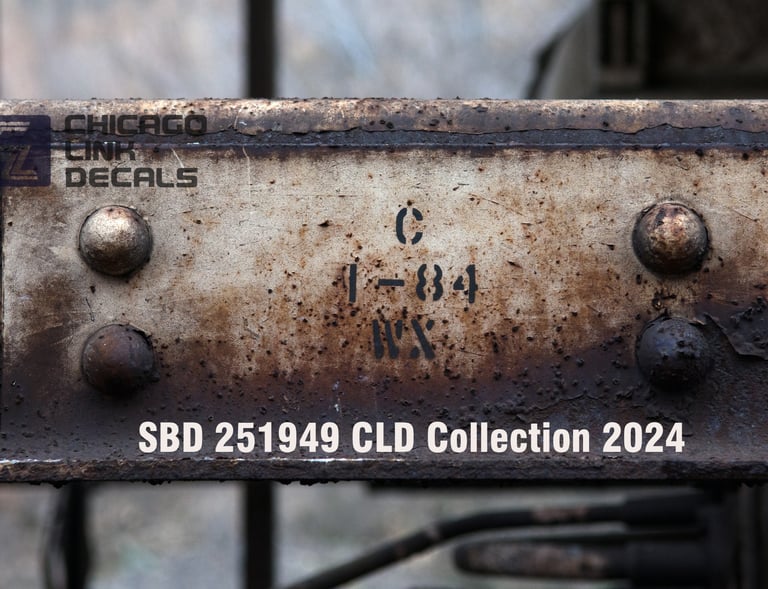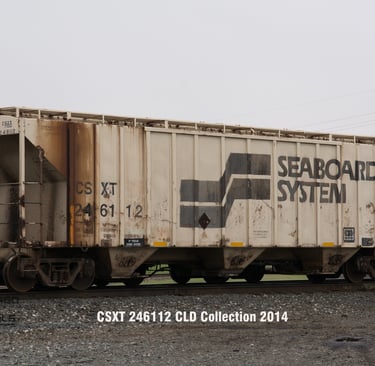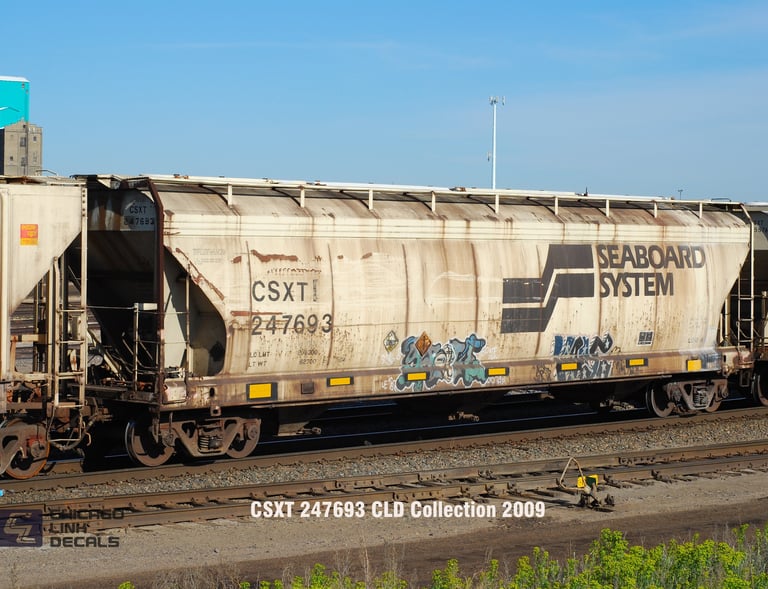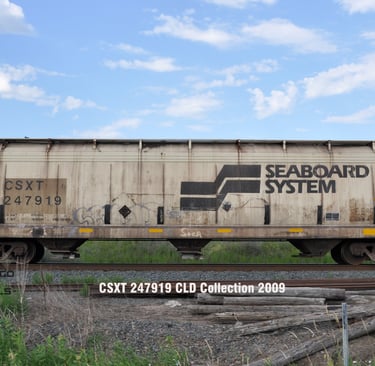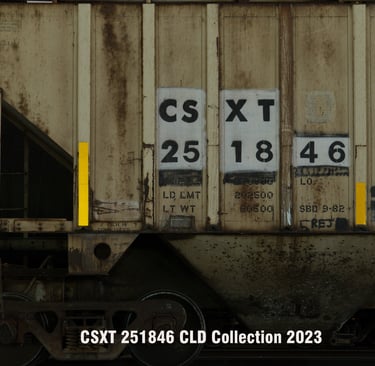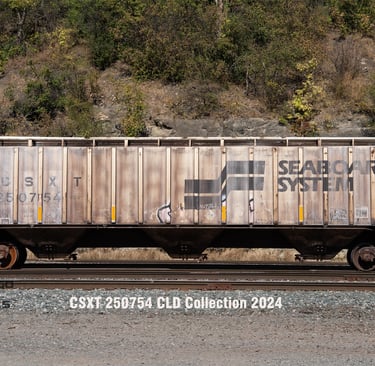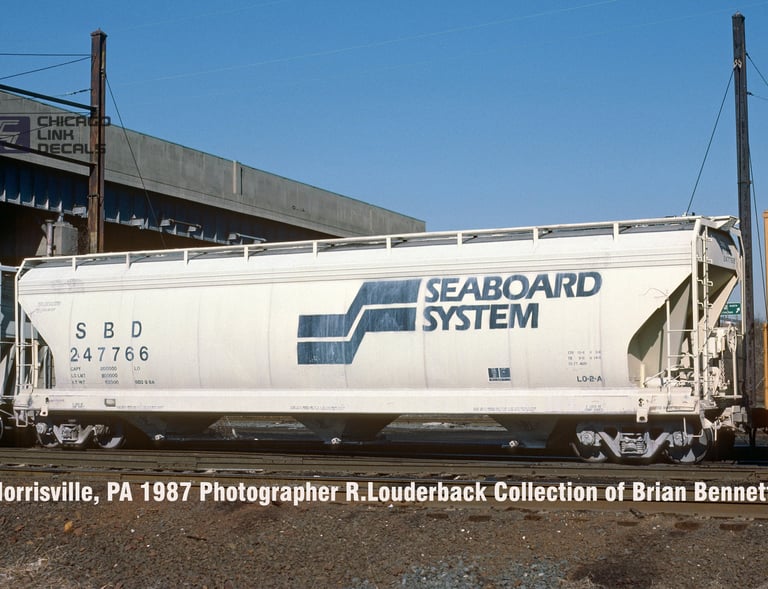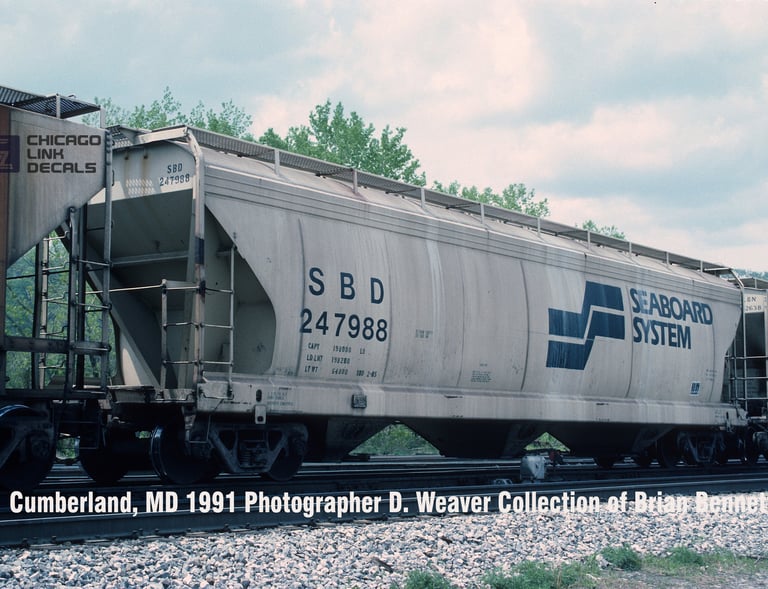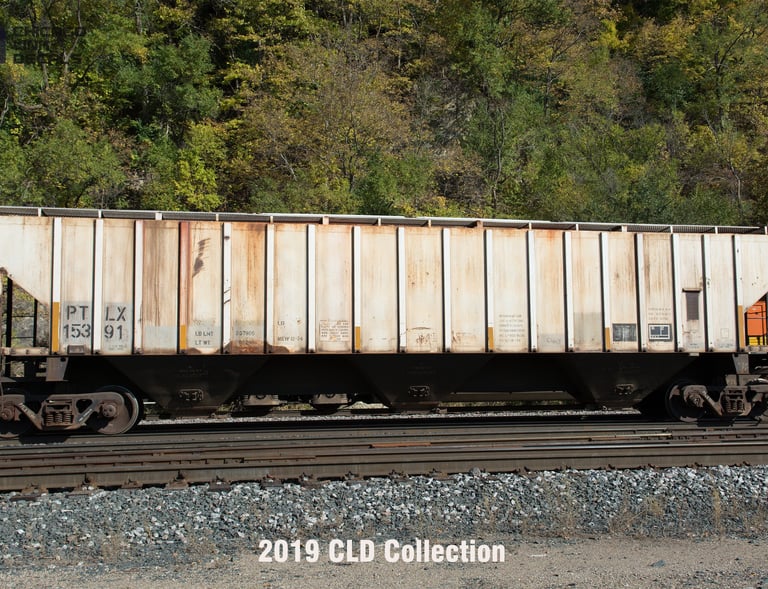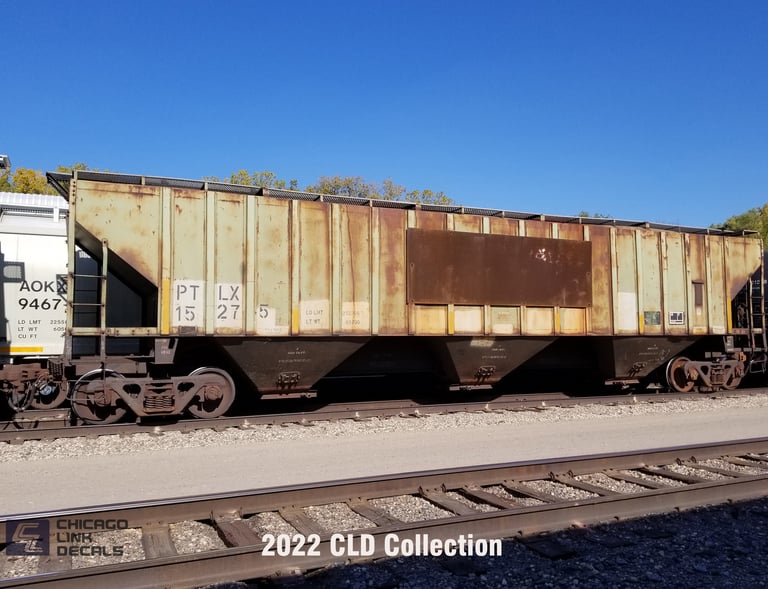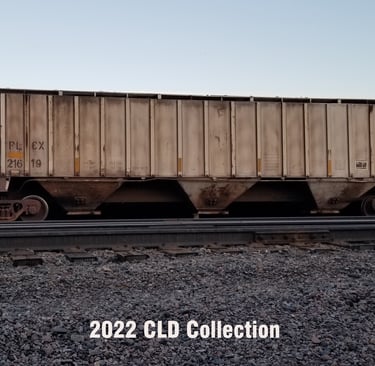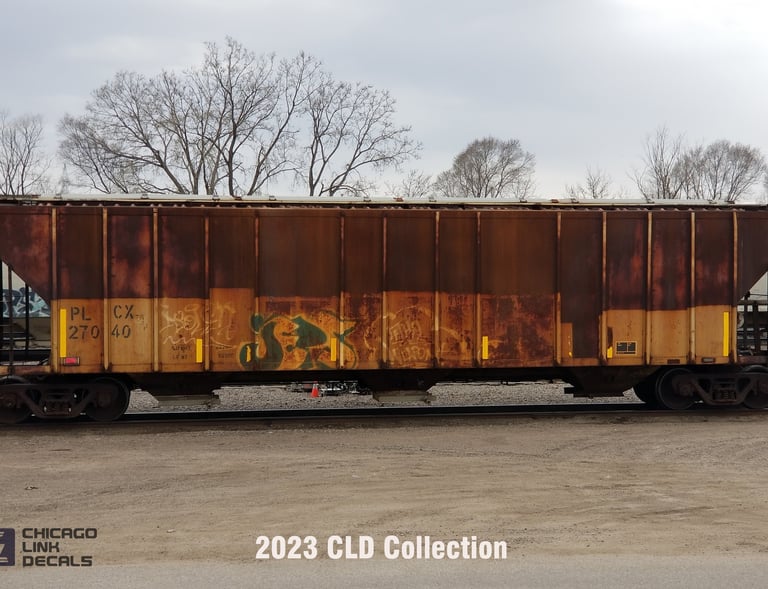CLD-301 and CLD-302 are four for $20 before shipping!
The page of value and discovery
Our mission statement is often repeated, but it really is the purpose of this endeavor. We aim to provide high quality, highly accurate artwork for the section of the hobby that appreciates such. To match that passion, we also want to provide large format photographs to help the modeler who wants to read one inch lettering, or find the exact location of the weld-to-artwork intersection. Our new website host service has cut down on our ability to use full size photos, so if there is something you'd like original quality on please email us.
Our products don't stop with the initial sale, in other words. We will always strive to provide prototype reference material of the highest quality whenever possible.
CP 3800 CUFT hoppers
A study of the mix of Hawker Siddeley, Marine Industries, and National Steel Car Co. hoppers. These were in cement and potash service, primarily, and is what I model them as. Cars in potash service would come down off the CP from Saskatchewan, to the SOO Line, then on to Chicago interchange partners. There are photos available online showing these at Garrett, IN on the CSX as well as down in the bone valley in Florida, all post-2000.
Simplified roster, not counting every renumber or CPLX change.
382000-382995 Marine Industries from 1966-1967.
Notice many from this group have different sill features (narrowing at end cage) along with L channel walkway support brackets. Below you'll find a photo showing the high handbrake that some cars retained until the end. Rapido did not tool this style of car and it would take some effort to faithfully replicate.
383700-383802 Hawker Siddeley from 1968.
383850-383999 NSC from 1975.
387000-387599 Hawker Siddeley from 1968.
Many of these cars were also given sill-reinforcement plates, check your prototype for this detail. This seems to have started mid 90's as best as I can tell. Other major differences to keep in mind when modeling these are the different styles of brake piping and end configurations. Unfortunately, there aren't many close-up shots that I've come across to help with all the variations, but hints are still evident in most photos. Different locations for reservoir tanks and brake cylinder orientation (reversed, as in the piston is closer to the end sheet than the handbrake.)
The Rapido model is offered in two main body styles, including the NSC 11 panel version and the MIL six panel. Remember that the MIL version is not linear through production, so choosing numbers from the second half of the 382 series would be your best bet for best accuracy unless you plan to carve the sill and scratch the roof supports. The huge chunk of HST cars are also good stand-ins with the MIL version, just keep your eye on the sill details, including brake equipment and stirrup style. The bays on HST cars are also "bridged" visibly below the sill, so adding some styrene between the bays to tie them together as one stamped piece would help convince the effort.
Further research material:
WC SD45 "Mid" repaints
A study of what I have come to refer as the "mid" units, painted between late 1991 until late 1994 at WC's own Fond Du Lac shops. Most of the original 1988 acquired SD45's were painted this way, including the first batch of Santa Fe SD45's and the group of seven ex SOU chop noses.
Units applicable to this era feature the wider center gold pine tree nose art, rear "V" stripes that tend to wrap around the hood radius slightly, hood stripe that sits at the cab seam weld, and the painted stencil hood/warning/sill lettering. As any group of repaints, there are some oddballs.
Units covered by "mid" title at the end of 2001: 7495*, 7500-7502, 6503, 7504-7508, 7510-7511, 7514-7515, 7517, 7519-7520, 7522-7523, 7526-7527, 7530-7532, 6533, 6550, 7551, 6552-6553, 7554, 6555-6556, 6578-6579, 7580-7581, 6582-6584, 7585, 6586-6588, 7589, 6590-6591, 7592, 6593-6598, 6613-6614.
*= Hood lettering re-applied, original iteration of 6417/6495 had earlier style.
With the roster sequencing consolidated to group units together, there are further opportunities depending on era from the list above. For instance, this scheme was applied to 6525 prior to it becoming the OLS 7525, and the 6541 before it was renumbered to 6526, later 7526.
WC SD45 Late repaints
A study of the "late" repaints that started in 1995 and lasted until the demise of the Wisconsin Central Ltd. There were subtle changes here and there, different numberboards sourced for certain groups, and all were painted by WSOR in Horicon, WI. This was largely made up from Santa Fe SD45's, but later a batch of MKCX lease units were purchased. A few of the original BN units were also painted in this scheme, including the specialty units such as the 7513 "Richard B. Ogilvie" and the 7525.
All units acquired after 1994 were standardized to a certain extent, any ATSF applied nose-lights were relocated, all class lights removed, rear numberboards welded over, and most units had new aluminum cab doors applied. The typical WC upgrades such as all weather windows, Q Tron or EM-2000, and relocated MU angle cocks from beneath the steps to the side of the sill were liberally applied. An interesting thing to note, that of the group of aforementioned Santa Fe and MKCX units (42 if we are counting), only three of them were renumbered with the 7000 prefix.
Earlier purchased ex BN units to be given this scheme were also generally standardized the same way, though the 7513 was an oddball that retained class lights, rear numberboard gaskets, and standard cab doors.
This scheme differs from the "mid" by the skinnier center gold pine tree nose art, rear "V" stripes that usually end sharply before the hood radius, hood stripe that sits above the cab seam weld, and the solid bold hood/warning/sill lettering. Thicker reflective stripes started at three inches and by the latest repaints turned into four. Since these units were painted by contract, they also lost the FDL paint date stencils applied to the cab subbase. Many units received a Horicon label below the sill stripe in lieu.
Units covered by the "late" title at the end of 2001: 7496, 6497, 7498-7499, 7513, 6516, 7525*, 6599-6604, 7606, 6607-6612, 6615-6636, 7637, 7638*, 6639-6642.
*= OLS differences in scheme art, but retains pine tree, V stripe, and small labels.
WC 6605 is omitted as an oddball that didn't have the same hood lettering style and featured different small labeling. WC 6613 and 6614 were also painted prior to 1995, and as such fall under the prior mid scheme.
NYC 1998+
CSX's reporting mark designation for the ex Conrail equipment. For these black vinyl patches, there were two lettering styles, both of which are included in our CLD-302. Some variance in where the "C" was placed as well, as you can see on NYC 623866 it's a bit spaced out. Whereas on the 623860, it's a different letter style and has a more grouped reporting mark. The autorack close up has the larger patch, which was primarily applied to boxcars, gondolas, and hoppers. The coil cars have a smaller 9" patch, as does the 220711 at Deshler.
IMRL/ICE patches
Exploring the second hand hoppers that made their way into the IMRL fleet. Many went with the IC&E at startup, and some went back to the lessor. Many variations can be found, but solid blocks of cars came in Milwaukee Road yellow (Tangent PS 4427, Exactrail PS 4427), Soo Line Colormark (Athearn ACF 4600), Rock Island blue (Athearn ACF 4600), Klemme Coop (Athearn FMC 4700), along with various gray PS-4750's (Tangent) and multiple schemes on Evans Railcar 4780's (Exactrail.)
As mentioned on the product page, these cars went many directions once they got to Chicago. The IMRL connected with the CP, Minnesota Commercial, and UP in St. Paul, MN. In Kansas City they connected with the KCS, UP, and perhaps the BNSF. Photographic evidence of these cars going East and South on CSX, NS, and into Wisconsin on the WC mixed in with other railroad's hoppers at industries.


